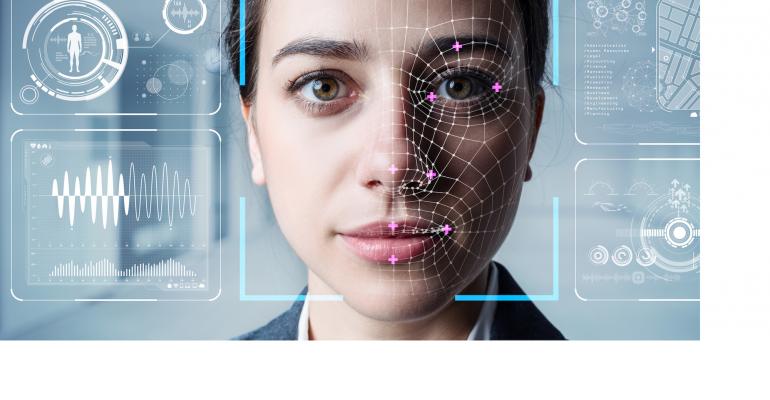Facial recognition technology is getting a bad rap these days. In the last month, Amazon has placed a moratorium on selling its Rekognition technology to police departments, Microsoft has said that it will not sell facial recognition products to law enforcement until there is federal legislation regulating its use, and IBM has gone further and announced that it will no longer offer those products at all because of the risk it poses when used for mass surveillance. The tech giant is encouraging Congress to create a national policy to regulate use of the technology.
Meeting planners may want to keep an eye on this conversation because small-scale, opt-in, facial recognition can be a useful tool for keeping both event staff and attendees safe.
For example, using facial recognition to allow entrance to an event is typically a lot faster than using self-check-in booths and doesn’t require attendees to touch anything, other than briefly removing a face covering as they pass through a camera station. Removing lines where attendees are forced to stand near each other and then use a machine touched by others can be a big help in slowing the spread of coronavirus, in addition to regular colds and flus.
The process for one such technology from Zenus Biometrics, is outlined here, and allows attendees to opt in and be reassured that their biometrics will not be stored anywhere after use. The company is about to release a new, subscription-based version of the software, making it more affordable for event planners who want to implement it at multiple events. The $750 monthly fee gives users access to a cloud-based version of the software whether the event is for 10 people or 10,000 people. The software can be run on any onsite laptop with a fast CPU and means high speed Wi-Fi is not required. Organizers invite attendees to upload a photo when they register; the software notes the biometric details, and at the event check-in, attendees simply walk through a designated area and remove any face coverings for a camera that compares the biometric data with the photograph and authorizes entry. Panos Moutafis, CEO and founder of Zenus Biometrics, explains that the system cuts down on lines, and also protects staff who are monitoring check in. “We can capture someone’s face from up to 10 feet away with a 1080p camera, so it maintains social distancing, and support staff monitoring the entry can be behind protective glass watching the computer, so they are not exposed to attendees.” The system takes up very little space, just a camera and a monitor station with laptop, so meeting planners can still accommodate those who are averse to using facial recognition with self-serve check-in machines. Planners will know how many machines to have on hand by the number of photo uploads at registration.
Registration is not the only bottleneck that can be alleviated by facial recognition—it can also be used to monitor session entrance instead of using staff to scan badges, and for very large events where maintaining social distance requires attendees to lunch in shifts, it can alert staff when people enter the wrong shift and need to be accommodated.
Moutafis says existing meeting customers have already signed up for the subscription service, and there has been interest from hotels investigating a truly contactless check-in process.





